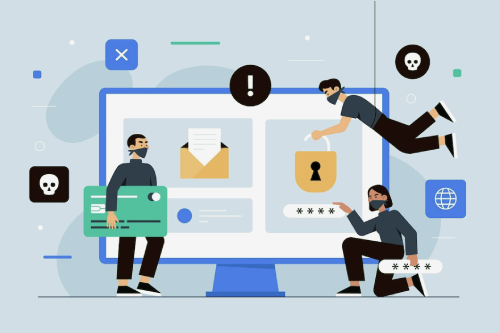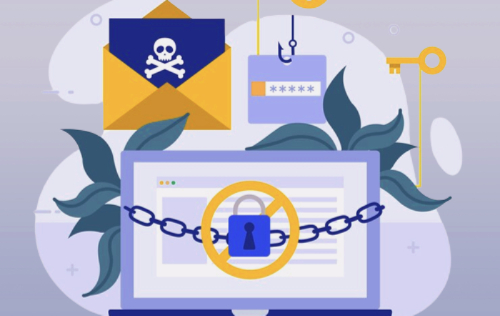Shielding Your Online Identity: How To Prevent Phishing Scams
In an age where technology dominates our existence, it is crucial to prioritize the protection of our online identities. Phishing scams, which are constantly evolving and widespread, pose a substantial risk to both our personal information and financial security. This article delves into the realm of phishing scams, offering essential insights and effective strategies for safeguarding your online identity. Uncover the tactics employed by cybercriminals while also discovering ways to fortify your defenses against their deceitful ploys. Embark on this expedition towards ensuring a safer and more secure online experience.
Understanding Phishing Scams
Cybercriminals employ various deceitful tactics known as phishing scams to deceive individuals into divulging confidential information, including login credentials, credit card numbers, and personal details. These scams frequently employ counterfeit emails, websites, or messages that imitate reliable sources. By exploiting human psychology and utilizing urgency or fear, phishers skillfully manipulate their targets.

Common Phishing Techniques
- Email Phishing: Devious emails from cybercriminals often masquerade as trusted sources, aiming either to extract sensitive data or coerce users into clicking on harmful links.
- Spear Phishing: Scammers employ a strategy of collecting personalized data to create sophisticated phishing attempts, thereby increasing the difficulty of detection.
- Vishing (Voice Phishing): Scammers make fraudulent phone calls, pretending to be trusted sources, with the intention of obtaining sensitive information through phone conversations.
- SMiShing (SMS Phishing): Scams that utilize text messages to deceive individuals with urgent alerts or attractive deals, leading them to harmful websites or soliciting their personal details.
- Pharming: Misleading users by sending them to fraudulent websites, even when they enter the correct URL, giving the impression of authenticity and collecting login credentials and personal information.
Preventing Phishing Scams
Protecting your online identity from phishing scams requires a combination of vigilance, awareness, and proactive measures. Here are some crucial steps to shield yourself:
1. Verify the Source
It is of utmost importance to verify the sender's email address or phone number before replying to a message or answering a call. It is wise to be cautious of email domains that appear slightly altered from the genuine source as legitimate organizations usually use official domains for communication purposes.
2. Educate Yourself and Others
Stay up-to-date with the most recent methods used by scammers and make sure to inform your friends and family as well. By educating yourself and those close to you on how to spot phishing attacks, you can greatly decrease the likelihood of falling victim to fraudulent schemes.
3. Use Multi-Factor Authentication
Incorporate multi-factor authentication (MFA) in all applicable instances. MFA strengthens security protocols by necessitating the provision of multiple verification methods before allowing entry to your accounts.
4. Keep Software and Security Tools Updated
Stay on top of your game by regularly keeping your operating system, web browsers, and antivirus software up to date. These updates commonly incorporate security enhancements that can safeguard you against diverse cyber dangers, including phishing attacks.

5. Verify Website URLs
Make sure to frequently update your operating system, web browsers, and antivirus software in order to fix any known weaknesses. These updates usually come with enhanced security features that can shield you from different online risks, such as phishing attempts.
6. Don't Trust Caller ID Blindly
It is important to bear in mind that caller ID can be altered, therefore even if it seems to be originating from a credible source, it is advisable to exercise caution while disclosing personal information over the phone. If unsure, terminate the call and independently contact the organization using their official number.
7. Report Suspicious Activity
Should you ever come across a phishing attempt, it is crucial to inform the relevant authorities promptly. This includes reporting the incident to your email provider or reaching out to the Anti-Phishing Working Group (APWG). Your cooperation in reporting will aid authorities in their pursuit of identifying and putting an end to phishing operations. Visit this webpage for more tips and tricks.
To wrap it up, protecting your online identity and personal information is crucial in today's digital age. By being vigilant and following the tips outlined in this article, you can avoid falling victim to phishing scams and keep your personal information safe. Remember to always be cautious when sharing sensitive information online and to report any suspicious activity immediately. With proper precautions and awareness, we can all work towards creating a safer and more secure online environment.